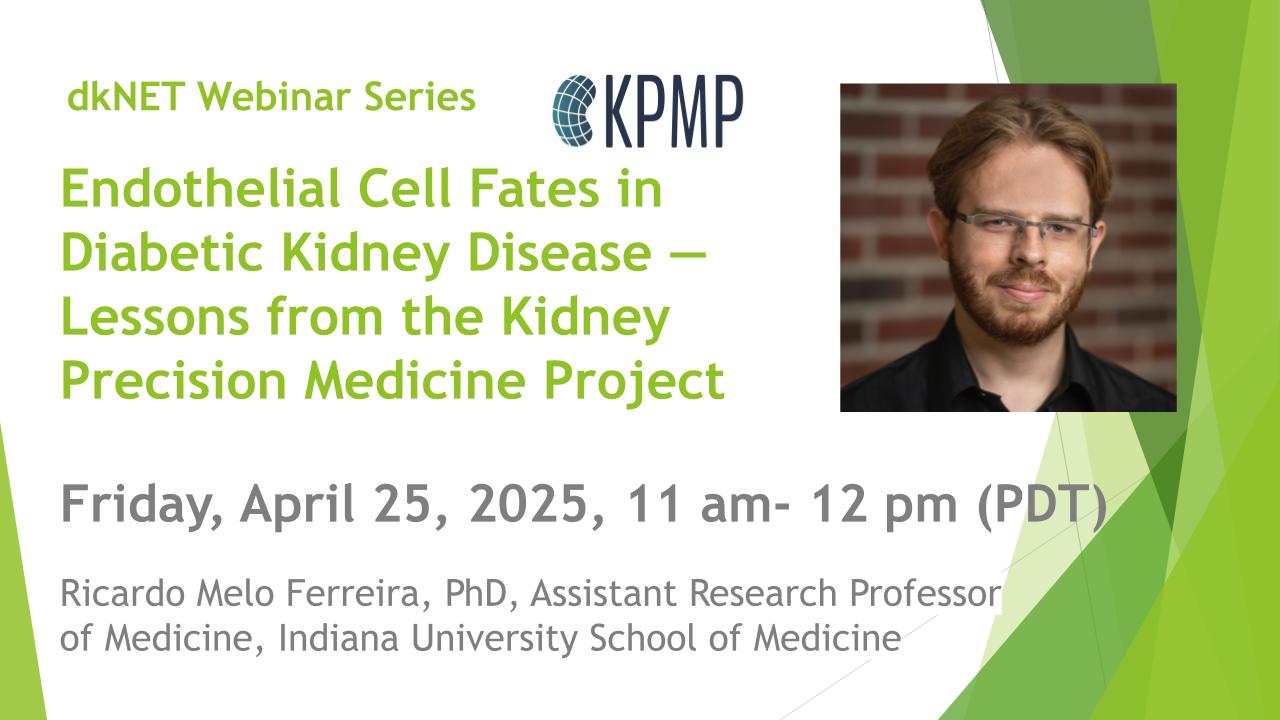Leaving Community
Are you sure you want to leave this community? Leaving the community will revoke any permissions you have been granted in this community.
Congratulations! SPP lead Dr. Neil McKenna and collaborators published a paper "A human liver chimeric mouse model for non-alcoholic fatty liver disease" in JHEP Reports
Congratulations! dkNET Hypothesis Center - Signaling Pathways Project (SPP) team lead collaborated with liver researchers and published a paper "A human liver chimeric mouse model for non-alcoholic fatty liver disease" in JHEP Reports. Scientists used SPP's NAFLD consensome to discover that NAFLD livers, compared to normal ones, have consistently higher levels of cholesterol synthesis enzyme transcripts!
Here is the abstract of this paper from JHEP Reports:
"A human liver chimeric mouse model for non-alcoholic fatty liver disease
DOI: https://doi.org/10.1016/j.jhepr.2021.100281
The accumulation of neutral lipids within hepatocytes underlies non-alcoholic fatty liver disease (NAFLD), which affects a quarter of the world’s population and is associated with hepatitis, cirrhosis, and hepatocellular carcinoma. Despite insights gained from both human and animal studies, our understanding of NAFLD pathogenesis remains limited. To better study the molecular changes driving the condition we aimed to generate a humanised NAFLD mouse model.
Methods
We generated TIRF (transgene-free Il2rg-/-/Rag2-/-/Fah-/-) mice, populated their livers with human hepatocytes, and fed them a Western-type diet for 12 weeks.
Results
Within the same chimeric liver, human hepatocytes developed pronounced steatosis whereas murine hepatocytes remained normal. Unbiased metabolomics and lipidomics revealed signatures of clinical NAFLD. Transcriptomic analyses showed that molecular responses diverged sharply between murine and human hepatocytes, demonstrating stark species differences in liver function. Regulatory network analysis indicated close agreement between our model and clinical NAFLD with respect to transcriptional control of cholesterol biosynthesis.
Conclusions
These NAFLD xenograft mice reveal an unexpected degree of evolutionary divergence in food metabolism and offer a physiologically relevant, experimentally tractable model for studying the pathogenic changes invoked by steatosis.
Lay summaryFatty liver disease is an emerging health problem, and as there are no good experimental animal models, our understanding of the condition is poor. We here describe a novel humanised mouse system and compare it with clinical data. The results reveal that the human cells in the mouse liver develop fatty liver disease upon a Western-style fatty diet, whereas the mouse cells appear normal. The molecular signature (expression profiles) of the human cells are distinct from the mouse cells and metabolic analysis of the humanised livers mimic the ones observed in humans with fatty liver. This novel humanised mouse system can be used to study human fatty liver disease."
Source and more information: https://doi.org/10.1016/j.jhepr.2021.100281





